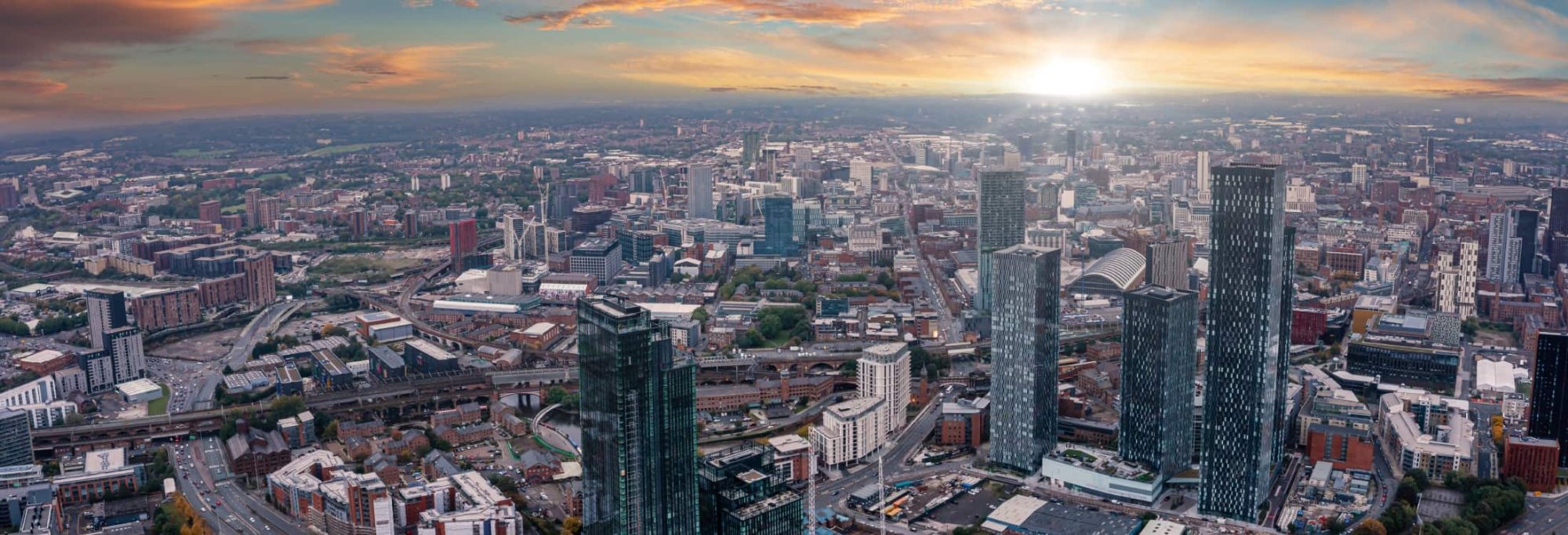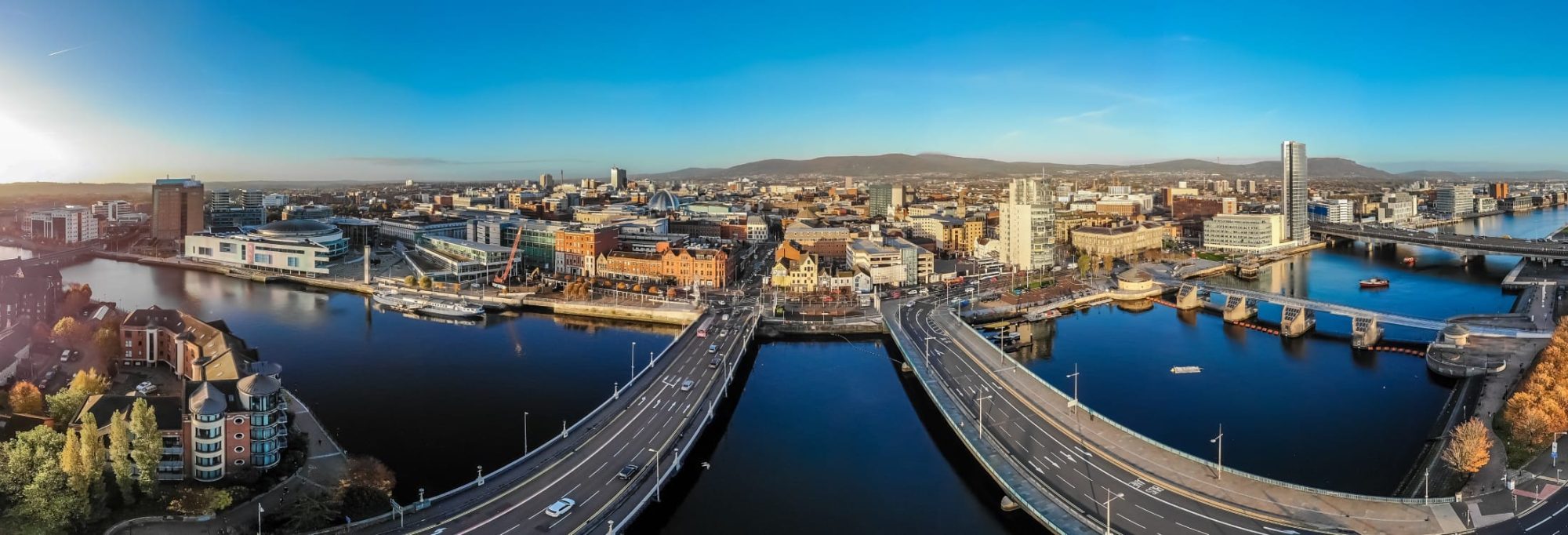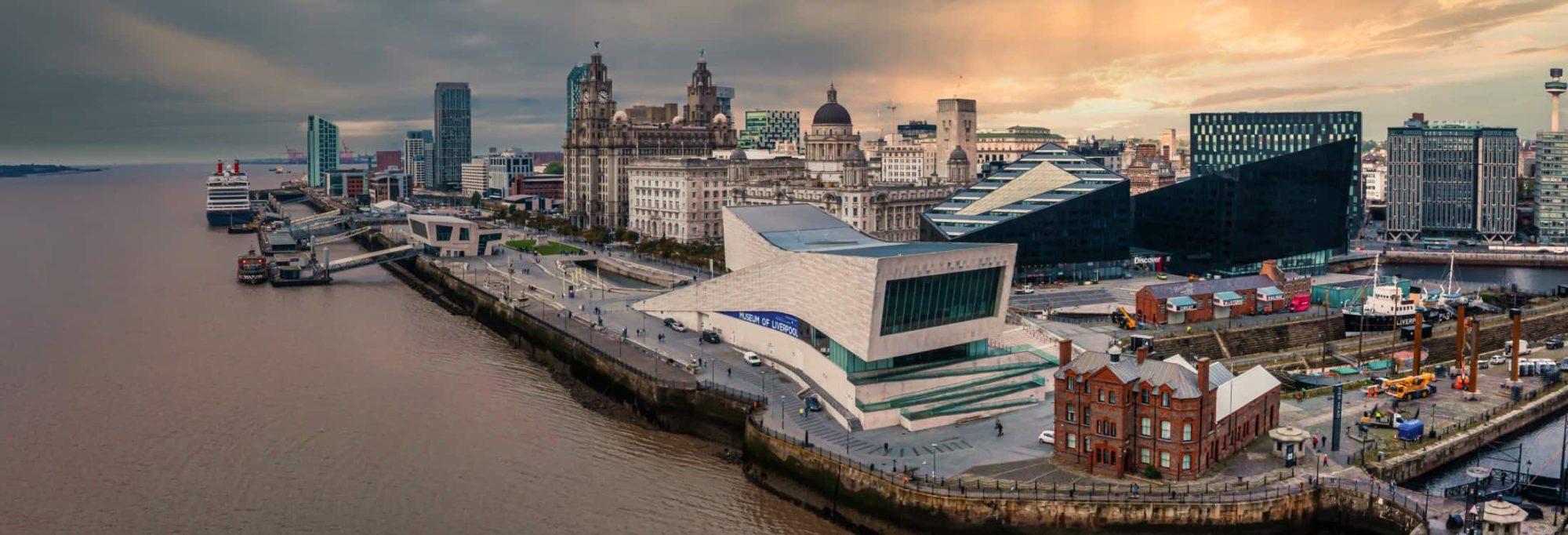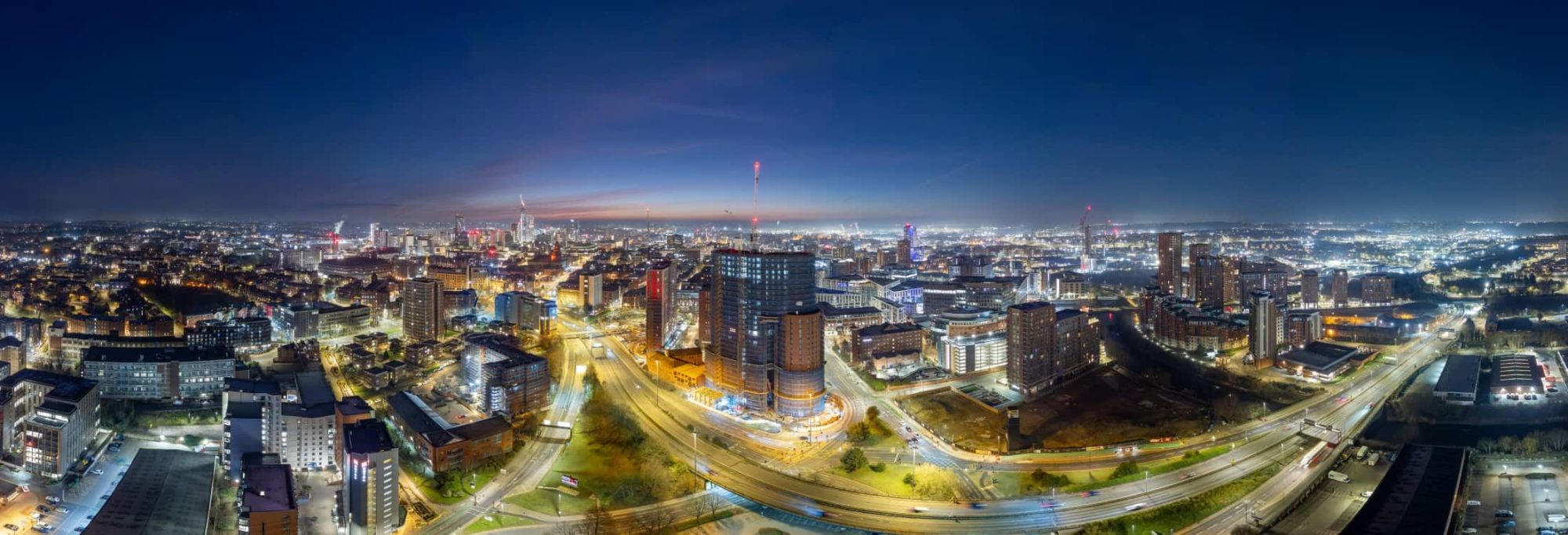








The Grenfell Tower fire cast a spotlight on cladding and façade fire safety, triggering a fundamental shift in how the industry approaches building safety, most notably through the introduction of the Building Safety Act (BSA). Despite this progress, there continues to be a long road ahead for the industry, with thousands of buildings still identified as having unsafe cladding. The urgency to comply with Building Regulations is greater than ever, across both remediation and new build developments.
The Role of the Principal Designer
Under the BSA, one of the most crucial roles is that of the Principal Designer. The Principal Designer is responsible for taking “all reasonable steps” to ensure that design fully complies with the Building Regulations. In façade design this requires proven competence in delivering designs that embed performance, safety, and accountability from the outset.
A fully coordinated and finalised façade design package is also essential to securing Gateway 2 approval – the critical stage at which full building control application is submitted to the Building Safety Regulator (BSR) before construction begins. Applicable to both new builds and major refurbishments of higher-risk buildings, Gateway 2 leaves no room for ambiguity. With an imposed mandatory 12-week review period during which construction cannot commence, rejection at this stage can significantly delay a project, a key reason why getting façade design right the first time is critical.
Confusion over design ownership and accountability remains common across the industry. At the same time, façades are more than safety-critical building elements. From thermal efficiency and aesthetics to daylighting, acoustics, and sustainability, façade design must strike a careful balance between competing priorities.
The Case for Collaboration
A holistic and collaborative approach is essential to successful façade design. Sitting at the intersection of architecture, fire engineering, structural engineering, building services, and sustainability, façade design demands input from a wider array of disciplines.
Incorporating accredited fire safety engineering advice is critical to ensuring that designs meet the stringent fire safety regulations and the BSA requirements. This approach mitigates risks and strengthens accountability across the design process. Moreover, it instils confidence among all stakeholders, from investors and insurers to occupants and the wider delivery team, while reinforcing a shared commitment to safety. Additionally, professional façade engineers provide a necessary level of professional indemnity cover, offering further assurance to clients, insurers, and regulators.
Beyond fire safety, façades must also deliver across a wide spectrum of requirements such as aesthetics, comfort, wellbeing, light, acoustic and sustainability, and long-term resilience. Achieving these goals while meeting the architectural design intent and guaranteeing the building’s performance is a significant challenge. Early involvement of façade engineers in the design process is crucial, as their specialist expertise in façade systems and materials can guide and inform architects as the design evolves. This synergy between architect and façade engineer not only ensures that conceptual design ideas are feasible but also aligns the design with technical and regulatory standards, setting the project on the right trajectory right from the outset.
As the UK also faces growing pressure to meet net-zero targets, facades play a central role in reducing a building’s environmental footprint. From energy-efficient glazing to integrated green
building technologies, the design choices must be made thoughtfully and collaboratively to ensure that the envelope performs not just functionally but also environmentally.
Integrity in decision-making
Above all, integrity must underpin every decision. This is especially critical when decisions are being made in the context of fire safety assessment for external walls and associated design of remedial works, where the consequences of failure can be severe. Engaging with the right experts, those who bring not only technical excellence but also a commitment to ethical practice, is essential. Despite the lessons learned from Grenfell and the drive for regulatory reforms and greater accountability, instances of poor workmanship and compromised safety standards still occur.
Multidisciplinary collaboration offers a practical and balanced path towards safer, more resilient buildings. At CHPK, we understand the importance of this and combine façade engineers and accredited fire engineers working under the same roof to ensure that safety, performance, and compliance are embedded at every stage. By working collaboratively, we deliver holistic solutions that are technically robust and aligned with the highest ethical standards. With our proven track record and commitment to quality, CHPK is well positioned to help clients navigate complexity and achieve safer, more resilient buildings.